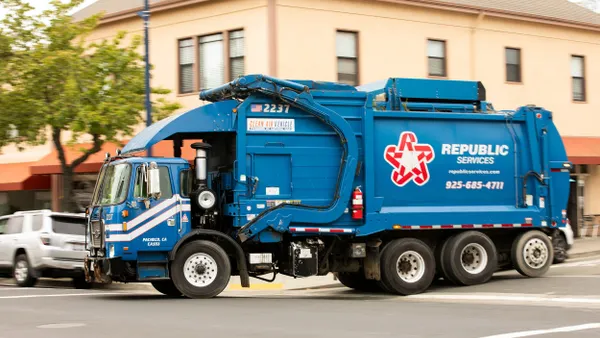Dive Brief:
- A new audit by New York State Comptroller Thomas DiNapoli said the Metropolitan Transportation Authority's decision to remove trash cans from New York City subway stations did not necessarily make them cleaner or cut down on the rodent population, though it did save work and "possibly some money."
- In 2011, the MTA rolled out a pilot program in three phases, which it had considered a success. But DiNapoli's audit says MTA didn't do enough to determine subway riders' experiences in the first two phases, and did not post enough signs to notify riders about the program. Also, in the second phase, MTA reported that rodent activity dropped; but the audit found that 9 of the 10 stations in the pilot program were at the lowest rating for rats before the trash cans were removed, and the last one scored 5 out of 10.
- MTA spokesman Kevin Ortiz said it "wholeheartedly" disagreed with the audit, and MTA had seen 66% reductions in the number of trash bags collected in phases 1 and 2, and 36% in phase 3. "The less trash generated in the stations, the fewer the bags to be stored, collected and potentially exposed to customers. This also decreased the rodent population," he said.
Dive Insight:
The program works on the idea that people will take their trash out of the subway system if there's no place to throw it. Similar "reverse psychology" initiatives have been done to try to alter the waste disposal habits of consumers. For example, the University of Iowa removed bins from classrooms and placed them in hallways, reporting a cost savings from reduced uses of trash liners.
However, the comptroller was blunt in his assessment of the pilot program: "After four years, the best one can say about this experiment is that it’s inconclusive, except for the fact that riders have a harder time finding a trash can."
DiNapoli told the Observer that MTA should "objectively assess" the results of the program and then decide whether to continue it. At least he'll get his wish: MTA will continue to study the results for 6-12 months.










